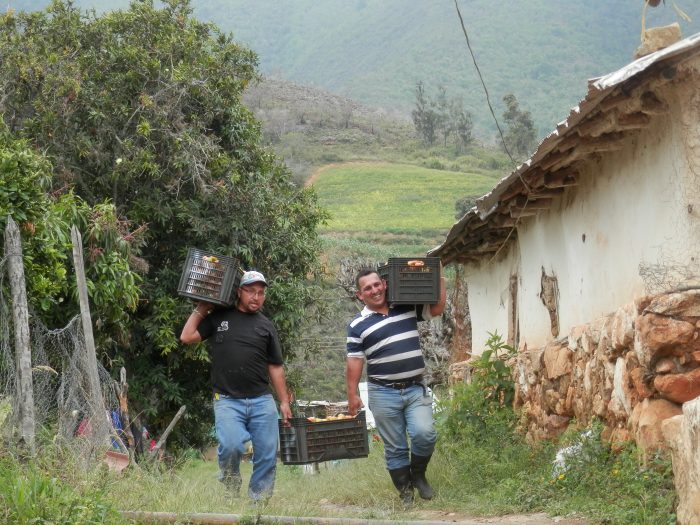By Elena Garcia
Marginal country cattle grazier, Western Downs, Qld.
Australia is the most urbanised country on Earth, with 89% living in urban areas, and the continuing alienation of urban from rural means that most urban people have little knowledge and less experience of rural land management issues. Too many urban Australians believe that simply locking up key areas of our environment into National Parks is enough to protect them, and do not see that the underfunding of National Parks and State Forests means that their pristine nature and uniqueness is being destroyed by weeds and feral animals like deer, goats, pigs, rabbits, horses, camels, foxes, feral dogs, cats and buffalo.
Feral animal and weed control is left to landowners, with potential large fines for those who refuse or cannot cull, but the underfunding of crown land management means that feral animals breed on crown lands then raid farmlands and retreat back to Crown lands, and weeds spread from road verges and public land and wash down the catchments to spread. Not only is it a huge cost for farmers in multi-million dollar damage to crops and infrastructure, the cost of management in time and money is also huge. And the only use for the dead animals is either to let them rot and release carbon, or turn them into pet food, if they can be shot and transported to appropriate regional processing by licensed hunters. Most regional abattoirs have been closed or only handle cows, domestic pigs and sheep.
If setting up a feral animal harvest industry was subsidised federally, not only would controlling these destructive animals be affordable, it would produce a viable supplementary income for farmers instead of being a financial burden and a terrible waste of resources which could instead be a viable export industry.
Marginal country cattle grazier, Western Downs, Qld.
Australia is the most urbanised country on Earth, with 89% living in urban areas, and the continuing alienation of urban from rural means that most urban people have little knowledge and less experience of rural land management issues. Too many urban Australians believe that simply locking up key areas of our environment into National Parks is enough to protect them, and do not see that the underfunding of National Parks and State Forests means that their pristine nature and uniqueness is being destroyed by weeds and feral animals like deer, goats, pigs, rabbits, horses, camels, foxes, feral dogs, cats and buffalo.
Feral animal and weed control is left to landowners, with potential large fines for those who refuse or cannot cull, but the underfunding of crown land management means that feral animals breed on crown lands then raid farmlands and retreat back to Crown lands, and weeds spread from road verges and public land and wash down the catchments to spread. Not only is it a huge cost for farmers in multi-million dollar damage to crops and infrastructure, the cost of management in time and money is also huge. And the only use for the dead animals is either to let them rot and release carbon, or turn them into pet food, if they can be shot and transported to appropriate regional processing by licensed hunters. Most regional abattoirs have been closed or only handle cows, domestic pigs and sheep.
If setting up a feral animal harvest industry was subsidised federally, not only would controlling these destructive animals be affordable, it would produce a viable supplementary income for farmers instead of being a financial burden and a terrible waste of resources which could instead be a viable export industry.













